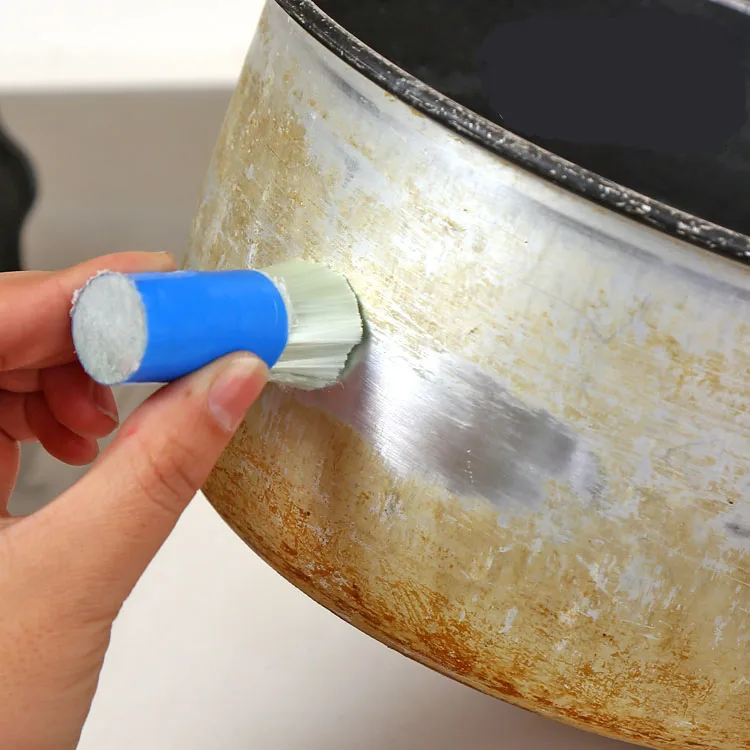
Household Metallic Stainless Steel Cookware Rust Removal Rod Wipe Pot
Durability. Low-quality ceramic cookware typically lasts one year, while high-quality products like Caraway should last 2-3 years. Stainless steel cookware is very durable, although cheaper products can warp, rust, or weaken over time. The best brands, like All Clad or 360 Cookware, are built to last a lifetime and even have a lifetime warranty.

Gotham Steel 20 Piece All in One Kitchen Cookware + Bakeware Set with
1. Toxicity. Both stainless steel and ceramic cookware are free of the same chemicals that are in Teflon cookware, making them both great options for investing in a new set of non-toxic cooking surfaces. However, it is worth noting that many products claim to be stainless steel but not all stainless steel is created equally.

Best Stainless Steel Cookware Set for Fast and Even Heating
However, once the coating has been compromised for ceramic coated cookware, then they cease to be non-reactive and useful. 100% ceramic cookware is a better non-reactive option when compared to stainless steel, however. This is because of the absence of any metal whatsoever.
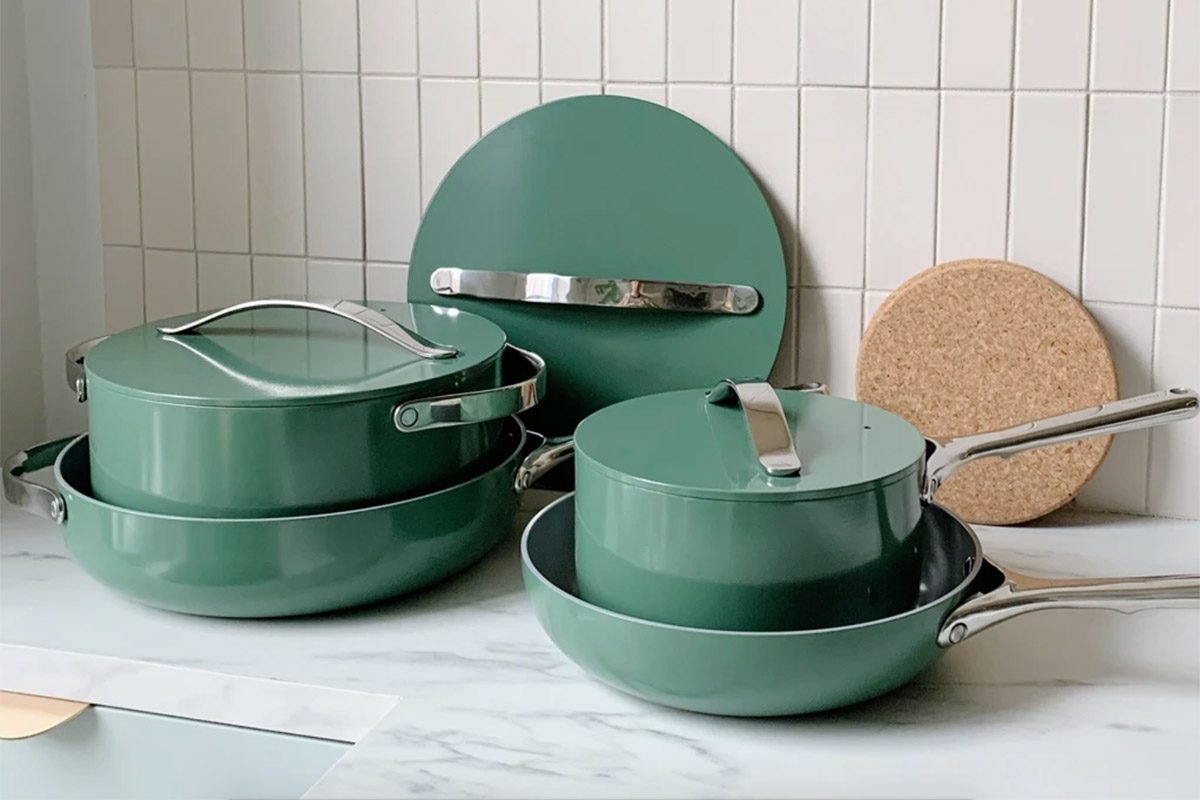
Ceramic Vs Stainless Steel Cookware Which One Is Better? Best
Stainless Steel vs. Ceramic: Cleaning and Durability. Stainless steel is a rough and durable cookware surface that is difficult to damage. Steel cookware that contains 18 percent or more chromium resists stains and rust. Stainless steel with 10 percent or more nickel provides a glossy shine and heightens the effectiveness of the chromium.
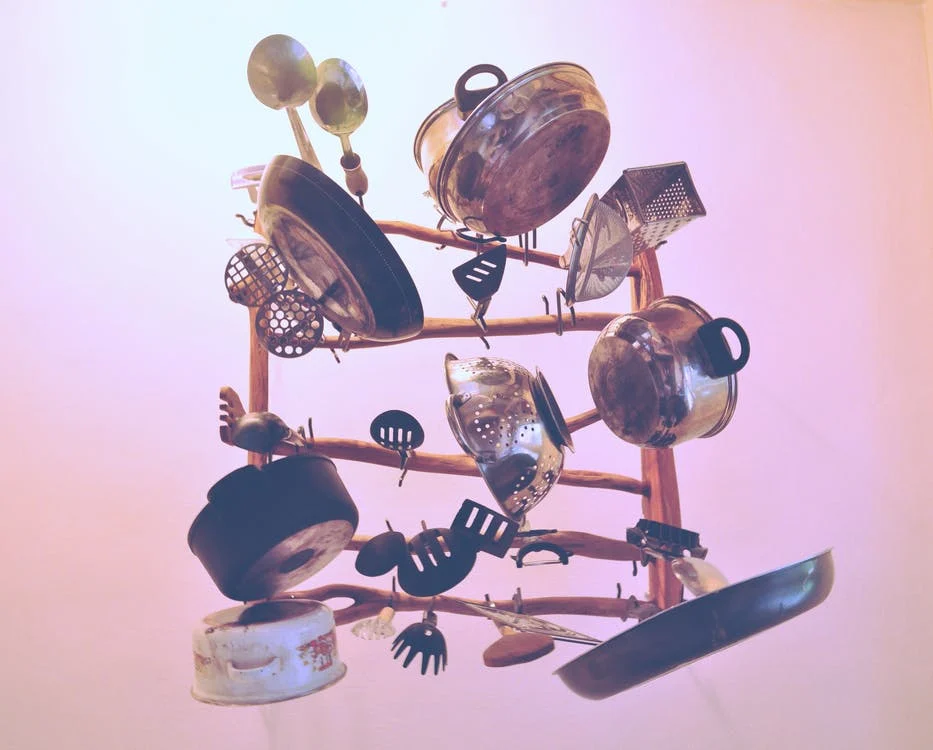
Is Ceramic Cookware Better than Stainless Steel? Tasteful Space
Durability. First thing first, in terms of durability, stainless steel definitely takes the cake. It is more scratch-resistant than ceramic and can withstand high heat better. Ceramic, on the other hand, is more prone to chipping and breaking. It also can't handle high heat as well as stainless steel.

Does Ceramic Cookware Scratch? CookwareSavvy
Always avoid using ceramic cookware under a broiler or over a gas stovetop. Stainless cookware is better for high-heat cooking can handle metal utensils, and is safer for cooking reactive foods such as lemon and tomato. Stainless steel is best used for searing meat at high temperatures, boiling water or cooking soups and stews over a long.
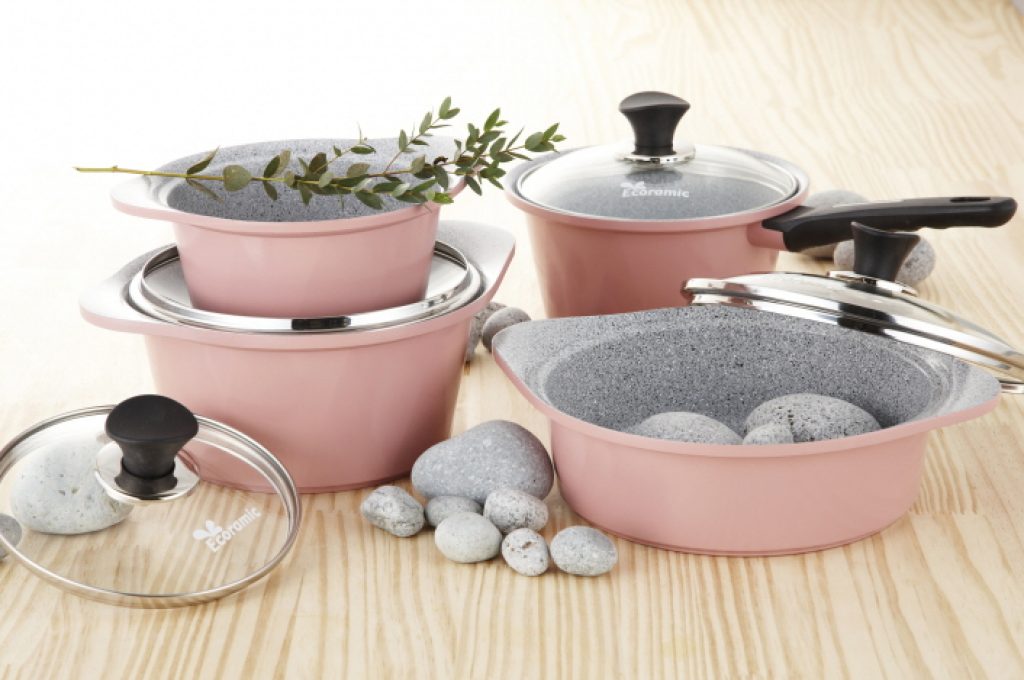
Is Ceramic Cookware Safe? Here are Facts You Must Know
Here's the difference between pure ceramic vs ceramic-coated…. The former is 100% ceramic that's baked in a kiln (like pottery class).. And ceramic-coated cookware is a sheet of aluminum or steel dipped in a ceramic mixture.. This process creates a smooth, non-stick finish - free of toxic chemicals. One of the main benefits of ceramic cookware.

10 Best Stainless Steel Cookware Sets (2022)
As such, ceramic cookware tends to be less durable than stainless steel, though it does excel in being free of harmful chemicals. Ceramic also features better non-stick properties. Although stainless steel is naturally quite non-stick, it requires less seasoning than the average pan. However, this feature alone is not enough to compete with the.
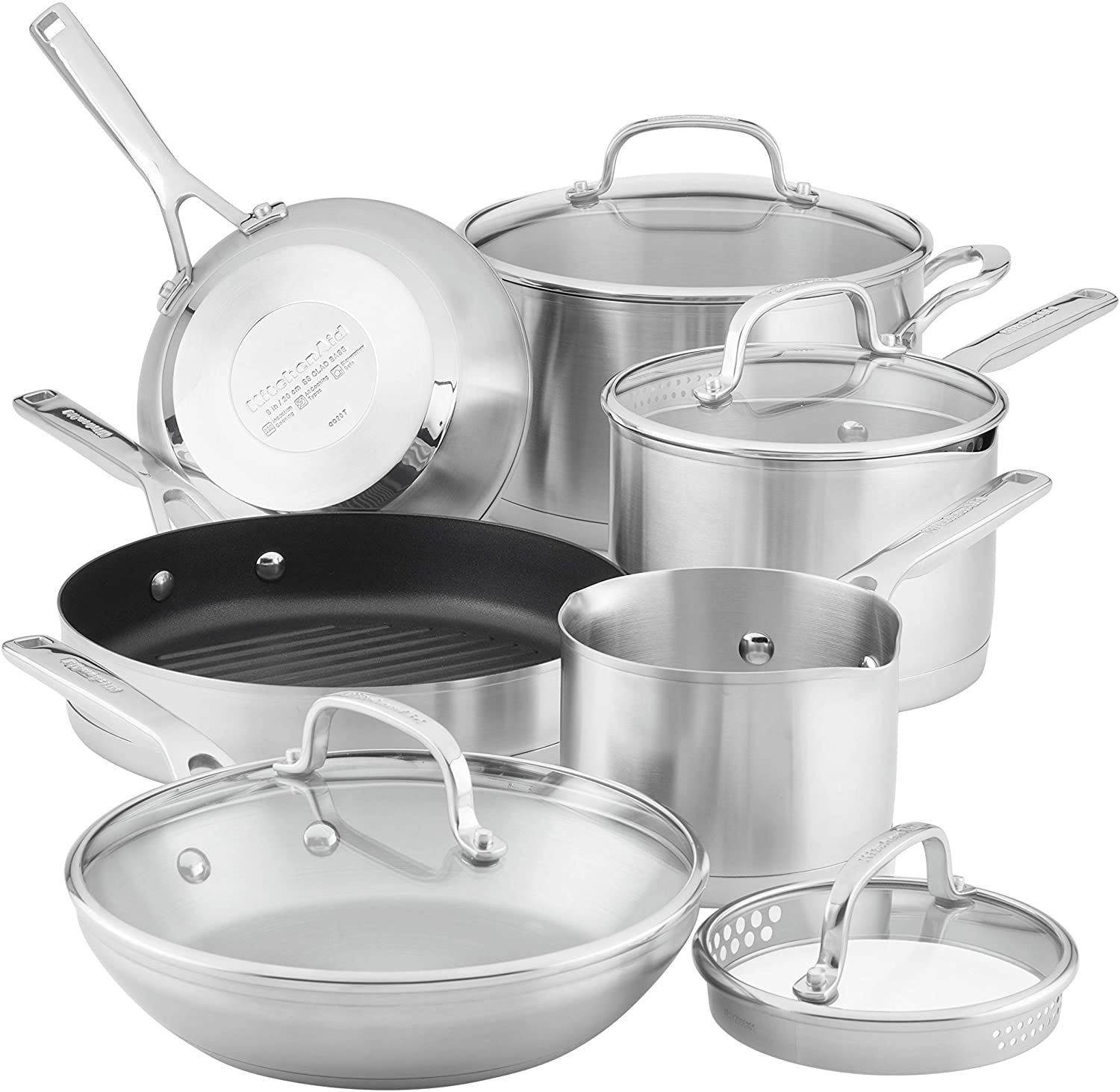
Best Stainless Steel Cookware in 2021
A nice thing about stainless steel cookware is, because it isn't coated with anything, it lasts much longer than ceramic cookware. Stainless steel cookware can handle high heat better. And treat a high quality set well and they will outlive probably you. Coatings on non-stick cookware and ceramic-coated cookware tend to wear over time from.
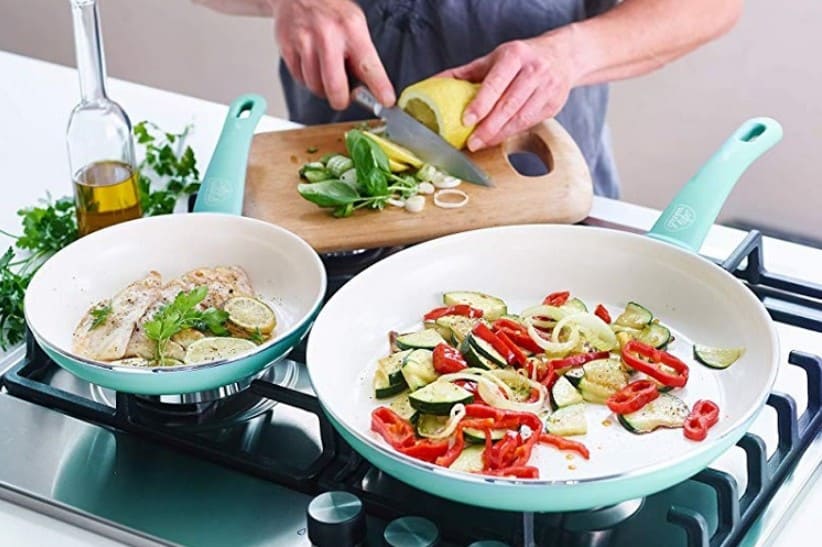
Ceramic Cookware The Pros and Cons
When it comes to durability and longevity, stainless steel takes the cake. It's highly resistant to chips, cracks, and wear and tear, while ceramic cookware is more prone to such damages over time. In fact, ceramic cookware is only known to last just a few years at most, while stainless steel can last several decades (or longer—there's a.

Best Ceramic Cookware Reviews and Buying Guide of 2020 Sourkitchen
Ceramic cookware is easier to clean and maintain than stainless steel due to its nonstick and nonabsorbent nature that resists stains and odors. However, its nonstick coating loses effectiveness sooner than regular nonstick pans. Stainless steel cookware can be harder to clean, especially when food adheres and chars.

28cm Hot Pot Twin Divided Stainless Steel 28cm Cookware Hot Pot Ruled
Hence the danger of warping. So it seems like ceramic cookware is heat safe to 662 F and stainless steel to about 550F. But let's put this in perspective. Most cooking should be done at medium temperatures. Medium temperatures are in the range of 300-350 F. Even a high temperature for searing or baking is 450-500 F.
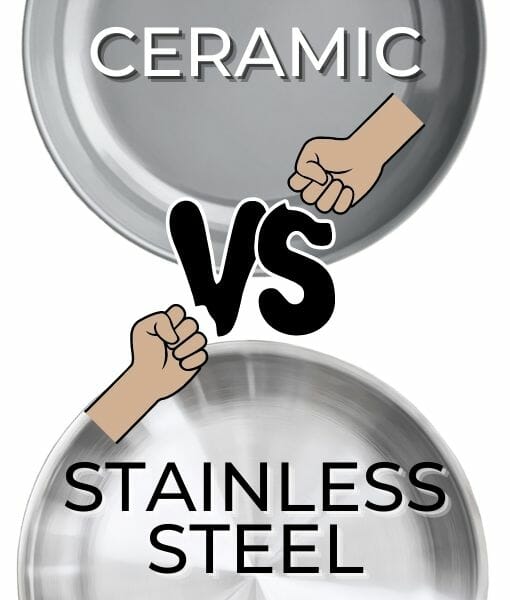
Ceramic Vs Stainless Steel Cookware Comparison (Pros & Cons)
When it comes to durability, stainless steel cookware is almost unparalleled. Its resistance to rust, staining, and corrosion makes it a workhorse in the kitchen, capable of lasting for decades if properly maintained. Unlike ceramic cookware, stainless steel doesn't chip or crack and is safe to use with metal utensils, enhancing its longevity.
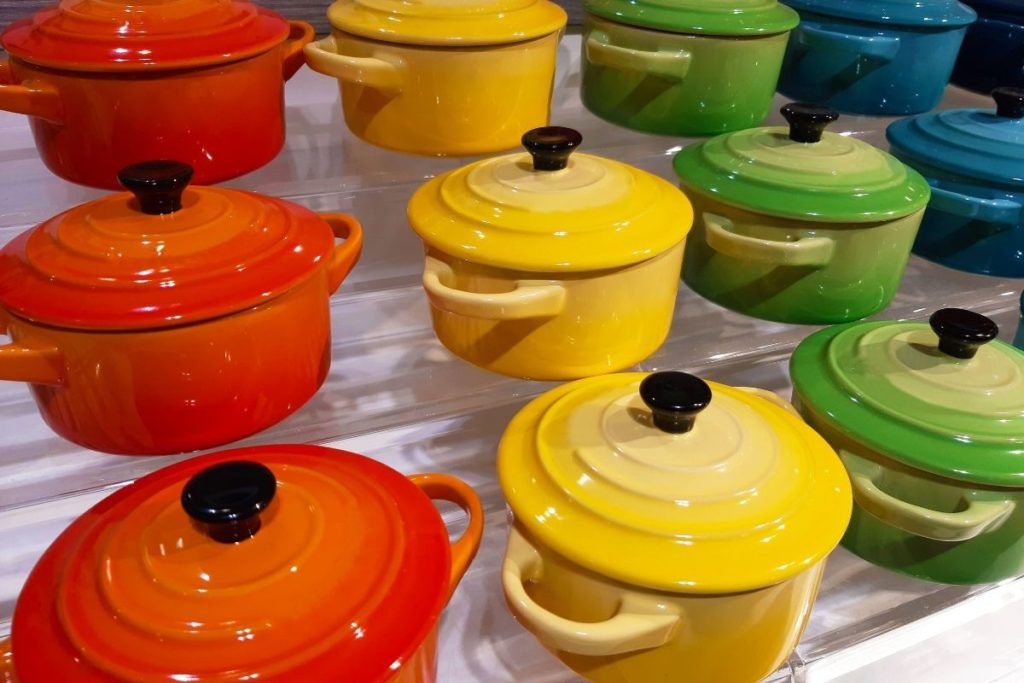
Ceramic vs Stainless Steel Cookware What’s the Difference? (updated 2023)
Pros. Non-Stick Surface: Ceramic cookware is renowned for its natural non-stick surface, requiring less oil and making cooking more efficient. Heat Distribution: The even heat distribution ensures uniform cooking, which is key to preserving nutrients. Chemical-Free: Most ceramic cookware is free from PFOA and PTFE, two harmful chemicals often.
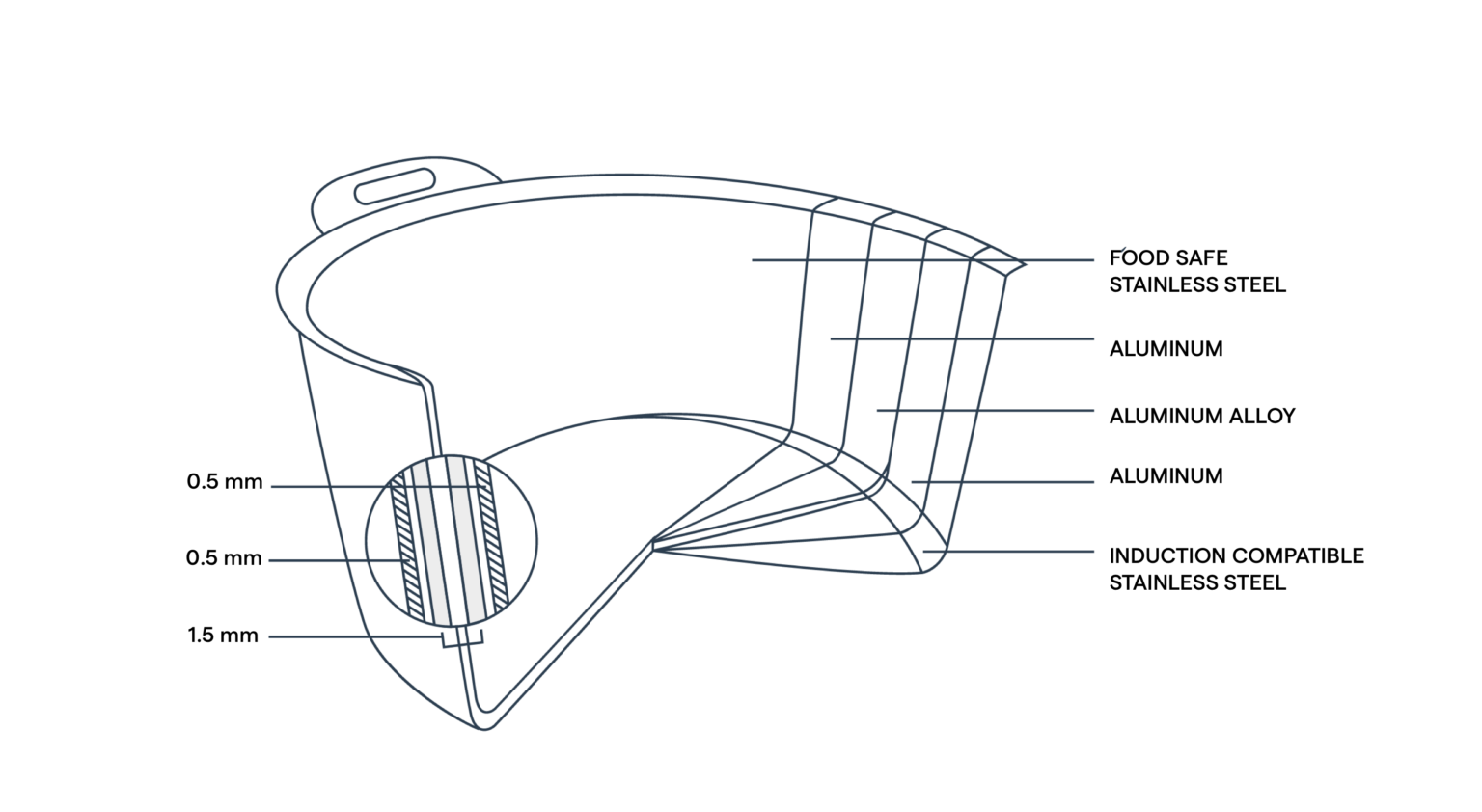
Understand the Engineering of the Best Quality Cookware Stainless
Stainless steel is notorious for food sticking, while ceramic cookware releases food easily (until the coating wears down). Stainless steel cookware is more versatile than ceramic non-stick. You can prepare just about any meal in it. Ceramic non-stick is better for sautéing and preparing delicate foods like eggs.
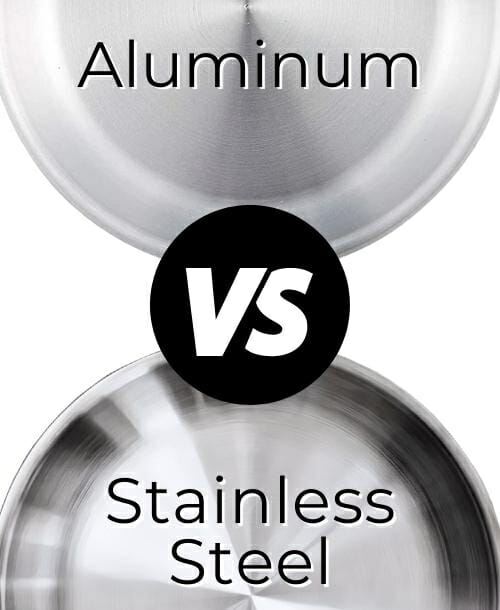
Aluminum vs Stainless Steel Cookware Guide [Pros & Cons]
Stainless steel: Stainless steel pots and pans with multi-ply construction are heavier than nonstick coating and ceramic cookware. This makes stainless steel typically thicker, although with better heat retention. Nonstick: Nonstick pots and pans are usually the most lightweight because they don't have layers of metal.